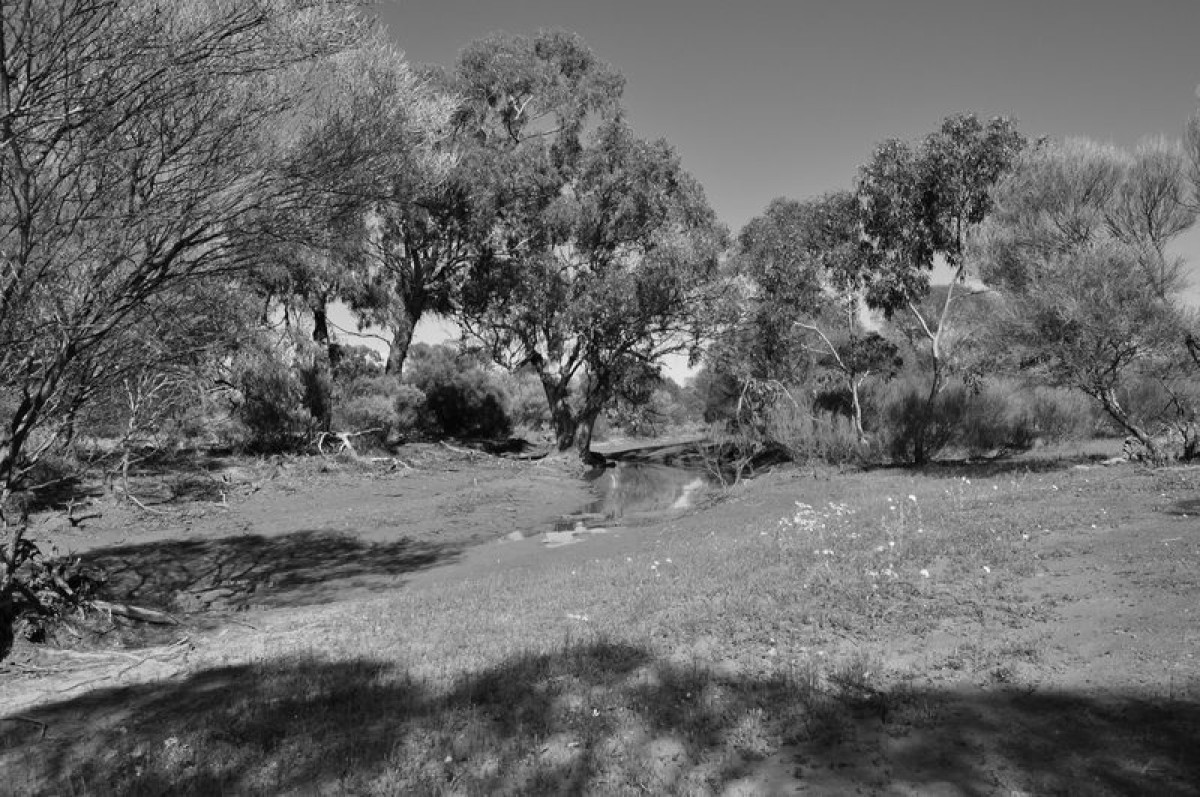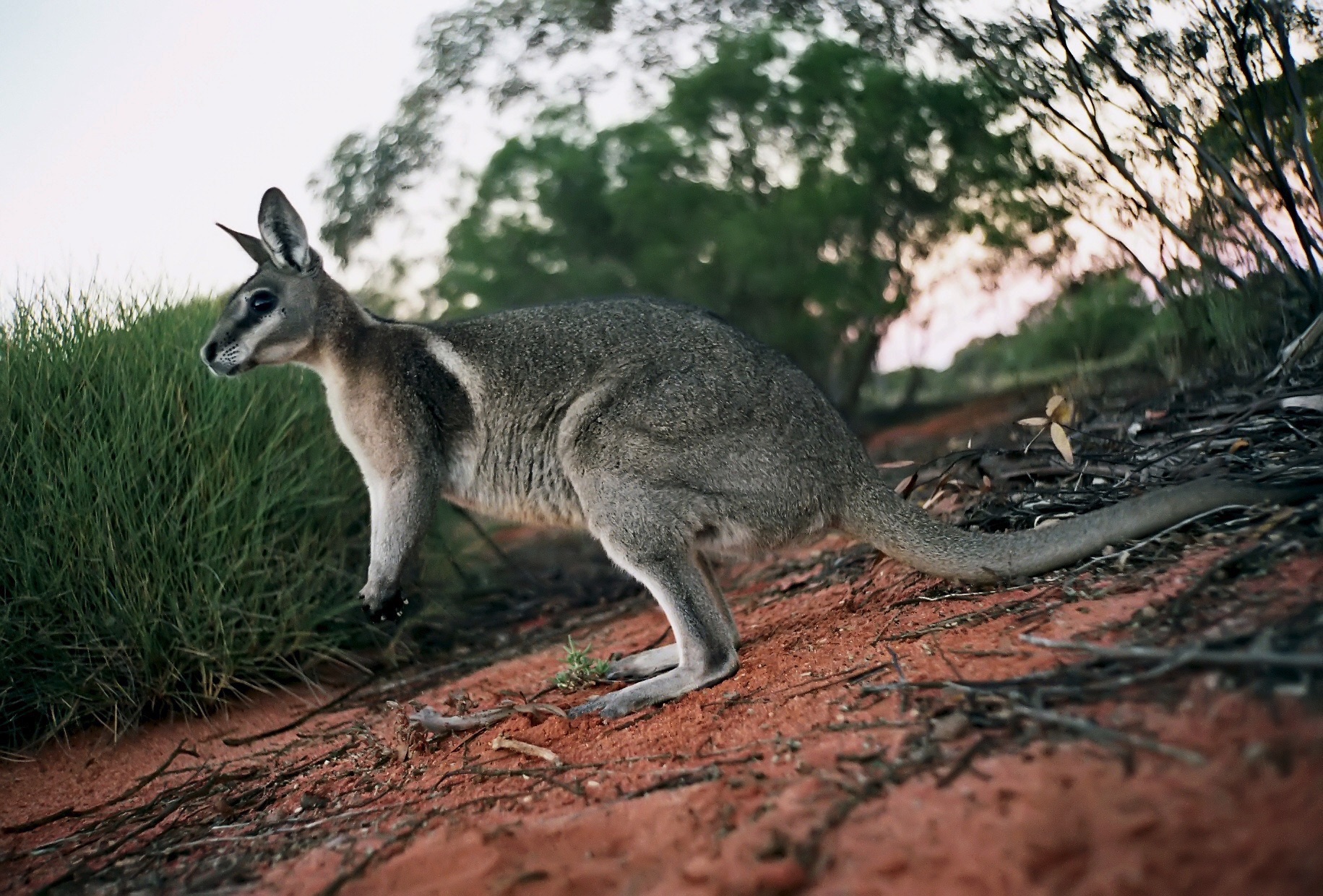SPECIES: Onychogalea fraenata — Bridled Nailtail Wallaby
CLASSIFICATION: Endangered
Their name refers to the distinct 'bridle' line that runs from the back of neck and across the shoulders and the strange nail-like bony projection at the end of the tail. A black stripe runs down the back and white stripes across the cheeks. It sounds like an animal getting ready for battle. Who can imagine that just one hundred years ago, the Bridled Naitail Wallaby was nearly killed off, for good, for its fur and at the time, was considered nothing more than a pest. If only we could go back in time. Today, this small species of wallaby - nicknamed Flashjack - is now found in three isolated areas, with just 500 of them left - if we are lucky.
Bridled Nailtails are quite shy and solitary, and will do just about anything to avoid conflict, including laying themselves as flat as possible, out in the open to avoid being seen if under threat. By nature, they are more active of an evening and night, spending their days sleeping in hollows or under trees or bushes. What has researchers interested is that this species of wallaby is much more resilient, having a vigorous immune system able to withstand parasite infections, virues and diseases than other marsupials. They are under threat from predation (cats, foxes, dingoes), habitat destruction, drought and wildfire.
FAME has shown its commitment to saving the Bridled Nailtail Wallaby, funding programs helping to secure remaining populations. Projects at Avocet Nature Reserve in Qld and Scotia Sanctuary in NSW have helped establish colonies of the Bridled Nailtail Wallaby, protected from feral predators. The population in Scotia Sanctuary is now the largest population of Bridled Nailtail Wallabies in Australia.
Our work is critically important and we have shown that together we can make a difference. Visit www.fame.org.au to donate or find out more.

